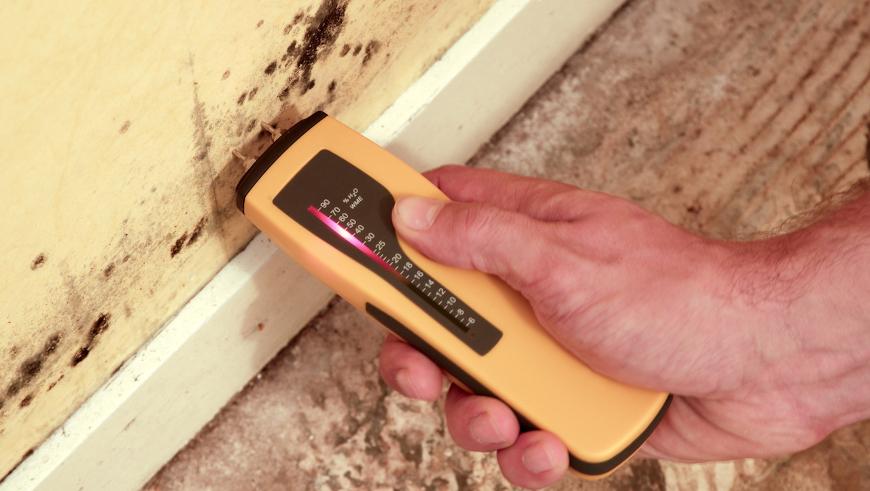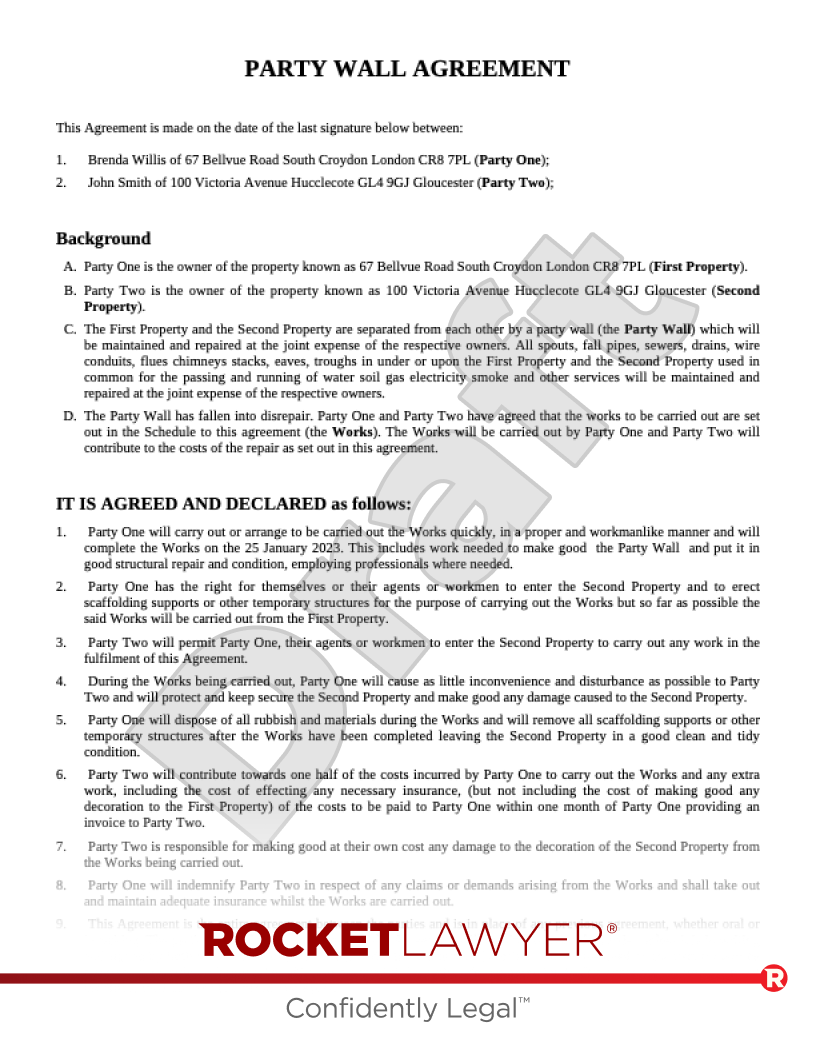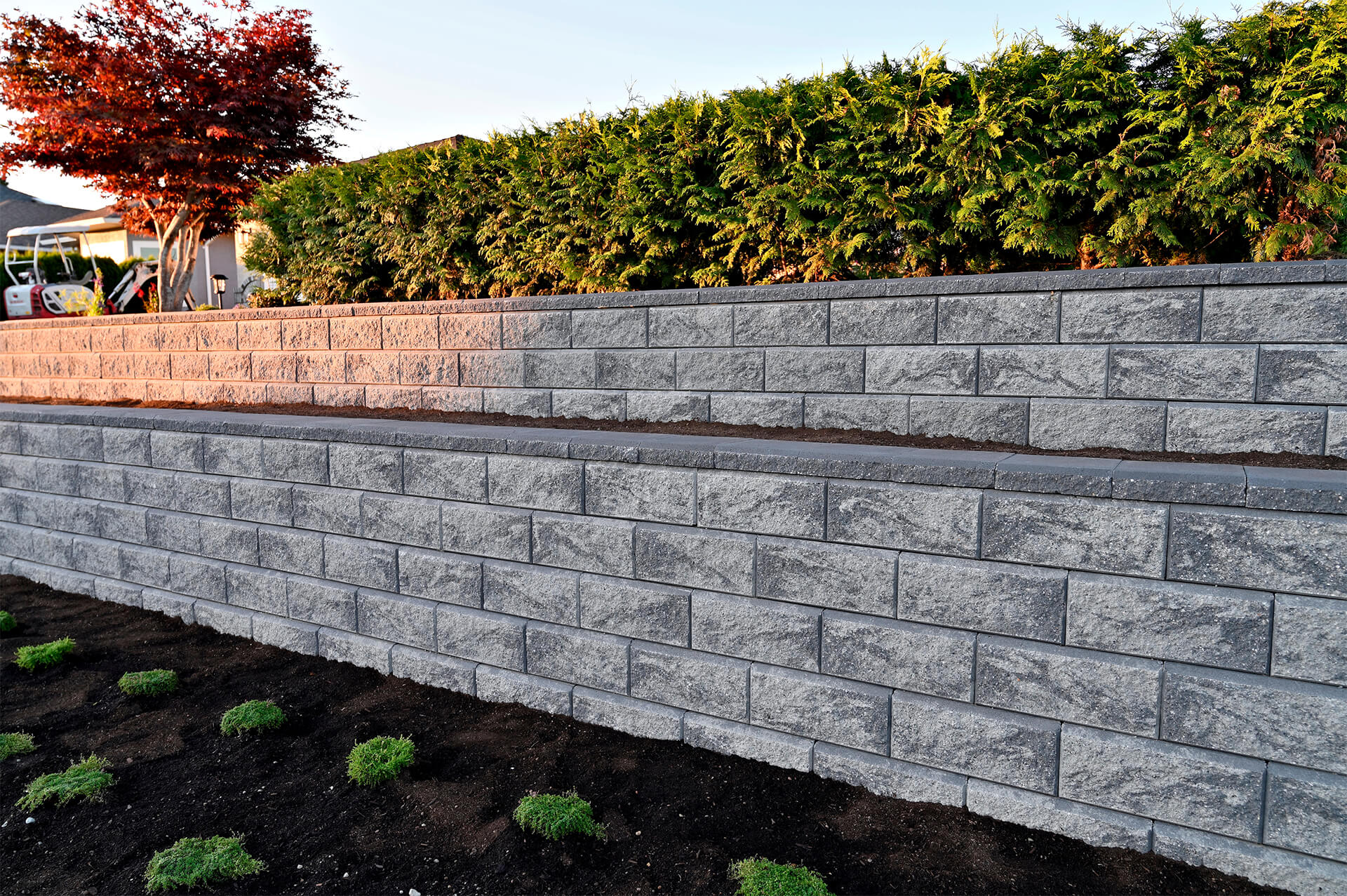August 20, 2024
Condensation On Wall Surfaces: Why Are My Walls Sweating?
One Thing Causes One More Reasons For Wet: Structure Style, Failure And Occupants' Way Of Life It wasn't until post-1945 that many new materials started being created and widely made use of in the construction of our structures, many of which are not breathable. Gypsum plaster, concrete, plastic sheet and plastic membranes, silicone, epoxy resin, polyurethane insulation, fibreglass, plastic coverings and paints are all synthetic non-permeable contemporary products. Building products need a level of moisture to exist in their current form, nonetheless, the issue of wet arises when there is excess dampness within that product.
Exactly How Homes Get Damp
Water soaks through the exterior wall surface, where it travels through to the interior walls. These spots of permeating moist damages wallpaper, plaster and the walls themselves. Passing through damp is the procedure of dampness relocating from the outside wall of a building to the interior. It occurs when outdoors moisture like wind-driven rainfall impacts a building's wall surface.
Try Damp-proof Paint
Oftentimes, nonetheless, residences and basements can be structurally audio however are frequently not appropriately constructed to take care of water drainage. Failure to slope the ground surface area far from the foundation or lack of an excellent seamless gutter and downspout system is common. Missing or nonfunctioning subsurface drainage systems are also located reasonably frequently. These issues can all be dealt with and fixed if a systematic strategy is utilized. Condensation on walls in your home is most often caused by trapped moisture or water seeping in, which can result in condensation, leakages, and inadequate drain. These problems can create anything from a small leakage that's conveniently fixed to major (and expensive) water damages to your home.
Causes Of Increasing Damp
Here’s the Ideal Humidity Level for Your Home — And How to Control It - Apartment Therapy
Here’s the Ideal Humidity Level for Your Home — And How to Control It.


Posted: Fri, 03 Nov 2023 07:00:00 GMT [source]
Drying washing inside your home without sufficient air flow can also trigger problems. The that mentions that homes that are chock-full or absence proper home heating, ventilation, and insulation are more likely to be wet. A residence's heating, air flow and cooling (COOLING AND HEATING) system should be in working order to properly regulate the degree of wetness. Great air flow assists to decrease the moisture degrees within a building, making the interior much less for damp-related problems. In areas with high wetness, utilizing dehumidifiers can assist maintain a drier environment, reducing the risk of interior condensation, which can aggravate climbing wet issues. Learn exactly how to take on excess dampness and completely dry air, which can both create damages to various components of your home. The second kind, modern building and construction, makes use of nonporous building materials and relies upon invulnerable barriers to prevent moisture from going into a structure's envelope. Modern building and construction approaches began to be used in 1919, although typical approaches were still used in some areas via to the 1940s. Dampness can become mold and mildew, which can damage numerous parts of your home, consisting of the home furnishings, wall surfaces, and flooring. Both the devices behind damp and the prospective remedies suggest why moist and mould tend to be at their worst in low-income homes. That's partly since rented out homes tend to be in older structures and older buildings are more likely to be badly protected and in a bad state of repair service.
- Building attributes or maintenance issues that result in cool spots on walls or around windows can also add to condensation.
- All blocks are permeable, and consequently at risk to passing through moist.
- Leaks from services can likewise be hard to identify and specialist surveying devices is typically needed to find the resource of the water.
The University of Chester estimates due to this, that there are 20,000 deaths connected to indoor pollution each year in the UK. ( See this YouTube video clip, at around 3 mins 44 secs for more information). This compares to around 40,000 deaths connected yearly to OUTDOOR contamination. The various other blog posts that follow have, a lot more factoids like these, plus as much sensible stuff as I can find or consider to aid you get to holds with problems you have. Modifications in interior activities (such as rises in laundry drying out inside your home) have actually considerably included in the issue. Over current years there has been a large focus on improving power performance in homes. Nevertheless, these services all alter the visual appearance of the stonework. Busted drains pipes can likewise create water to fall or accumulate in
website uneven areas and cause moisture and mould development. If outside drains pipes become clogged up, rain can accumulate versus the brickwork-- bring about locations of passing through moist. Rain penetration is not a trouble that is restricted to single-skin walls. Poorly set up wall-ties or cavity wall insulation can offer a path for rain penetration to track via dental caries wall surfaces. Brick and stonework substratums are especially prone to permeating moist. Damaged drain is one more usual root cause of wetness in a building's fabric. However, localised dampness at the base of a building's wall surfaces can suggest leaking drainage. A closed-circuit television (CCTV) system can likewise help determine leaking below ground pipes. In the winter, when temperature levels begin to drop, it's common to keep windows closed. Try to find running water on windows for signs of condensation, along with stained curtains, decaying window structures or moulding on paint and wallpaper.
Just how do I stop damp in my bedroom?


